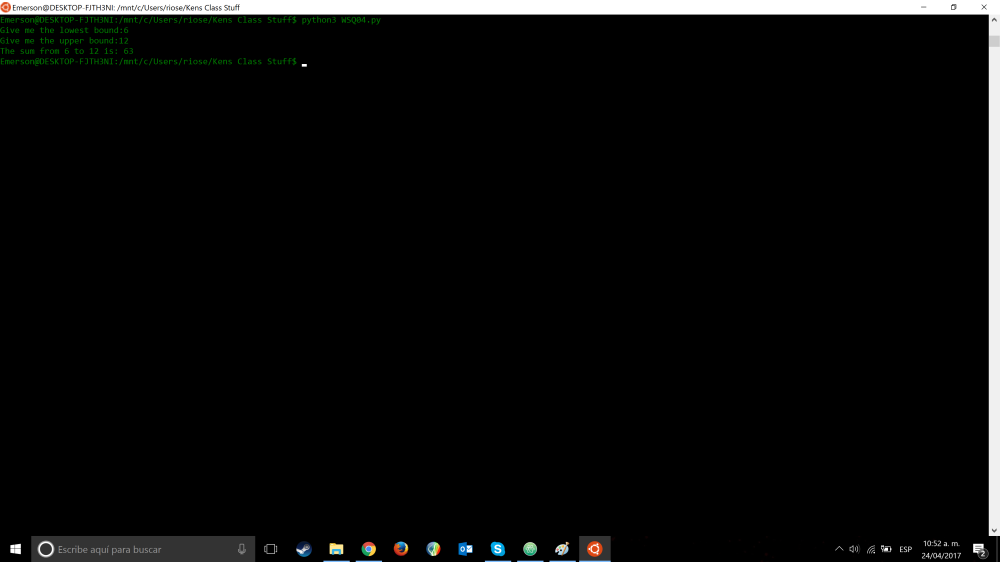--Originally published at Wonder Universe
Soooo, I have a problem! I need to sum the integer numbers of a very specific range and I need to do it now! What the heck I am going to do?!?!?! It’s not like I’m a program-master-party-dude…or am I?

So, I came up with this. Bassically I make a function asking for two numbers, the lower and the higher. I make a range list where I sum every number ’till I get to the higher and then (and only then) I return the sum.

See?!? It even works!!!


















